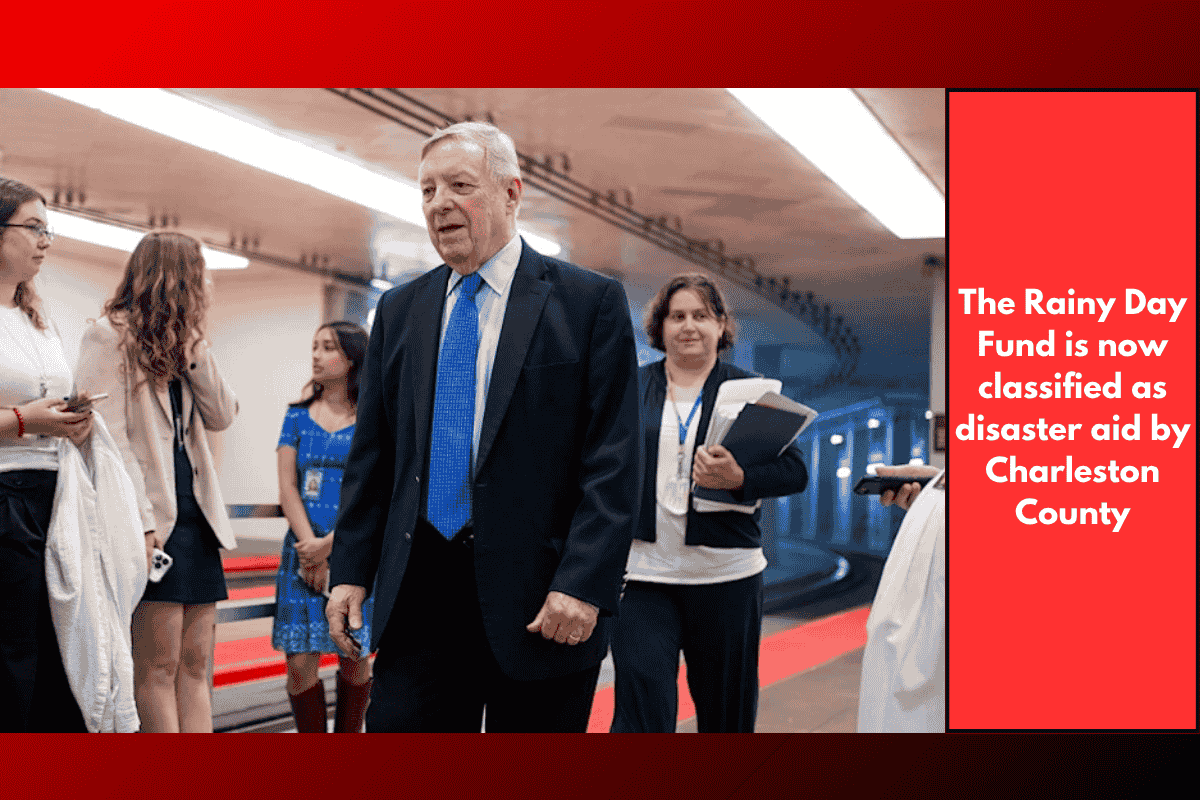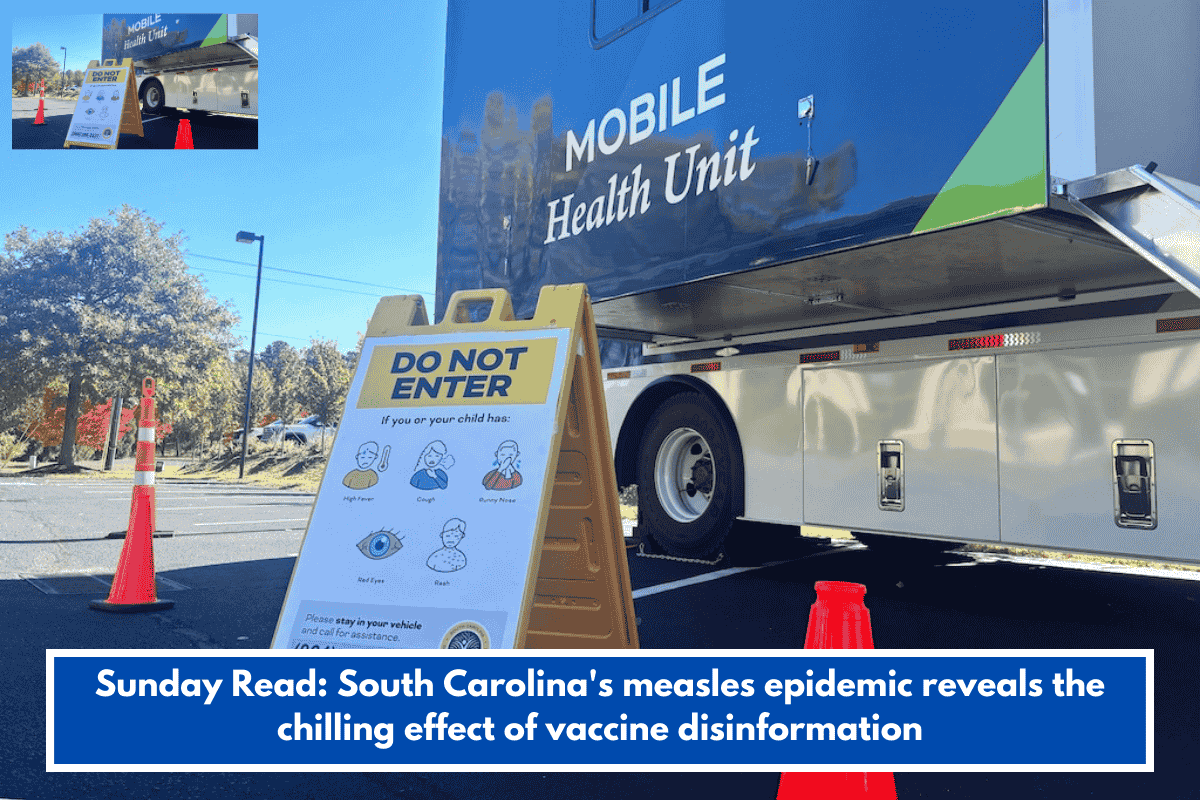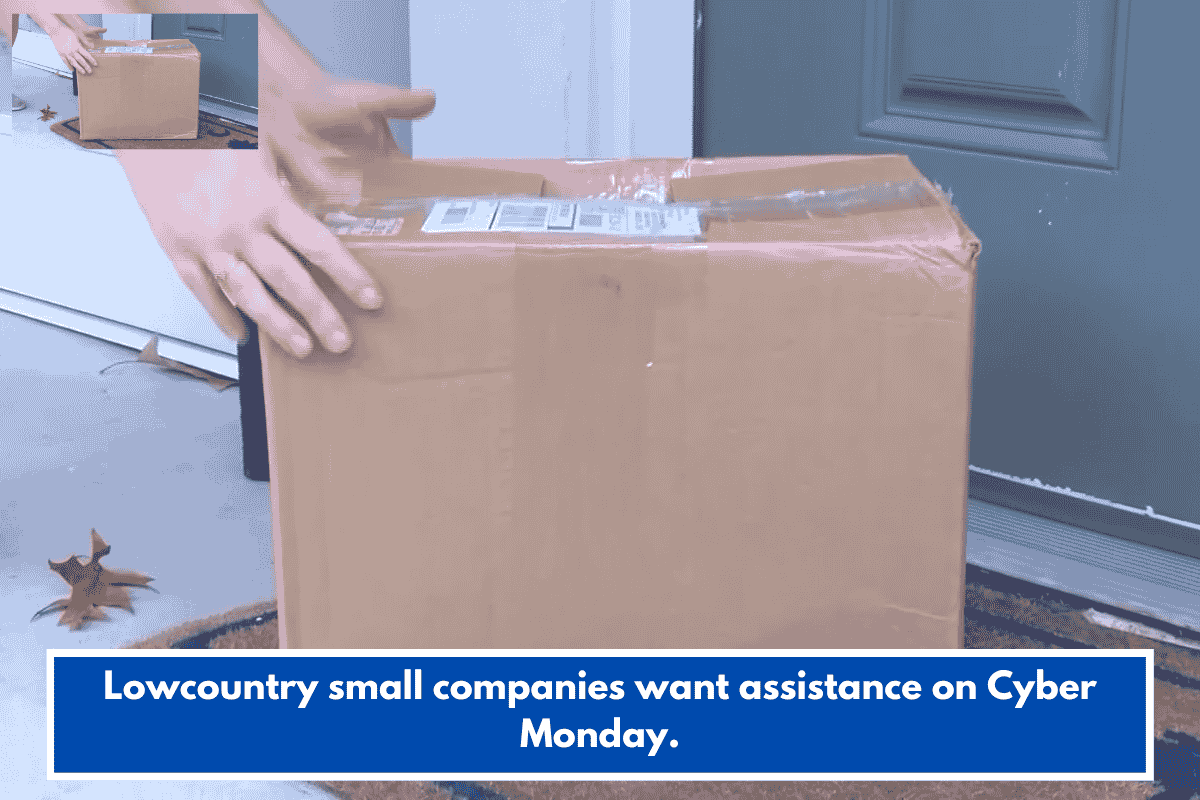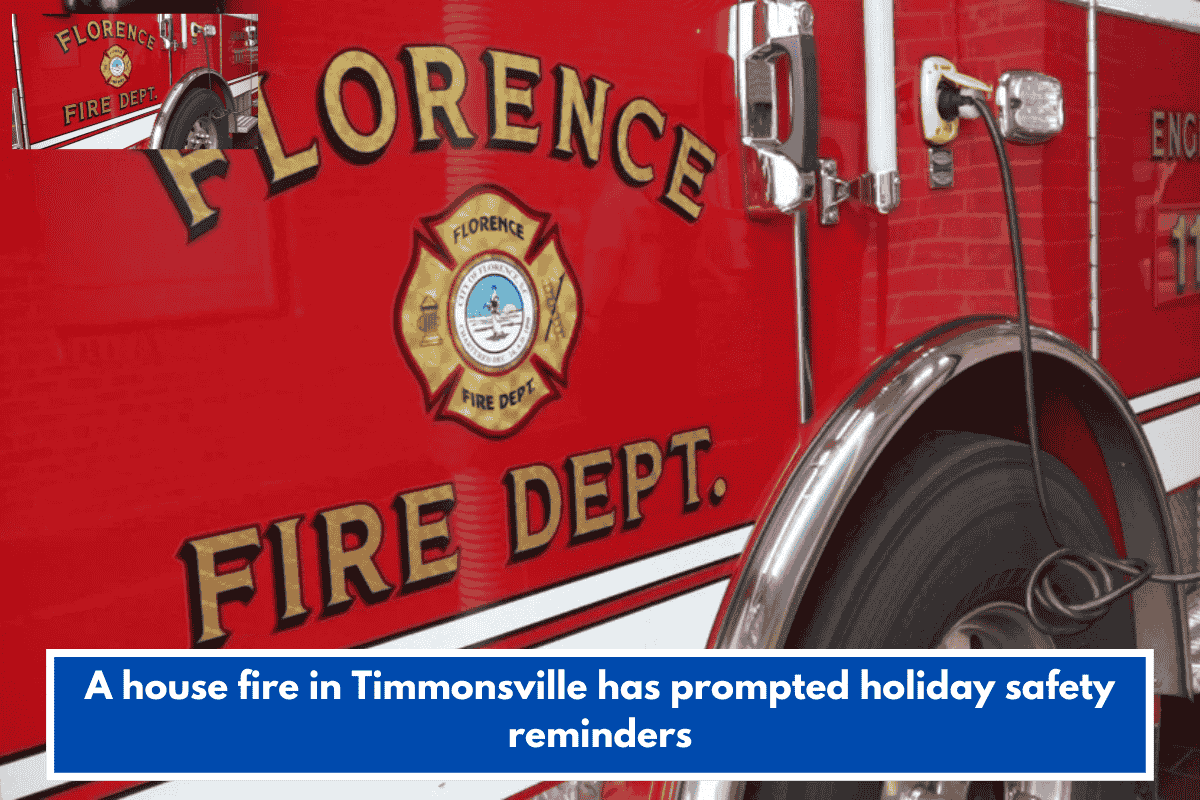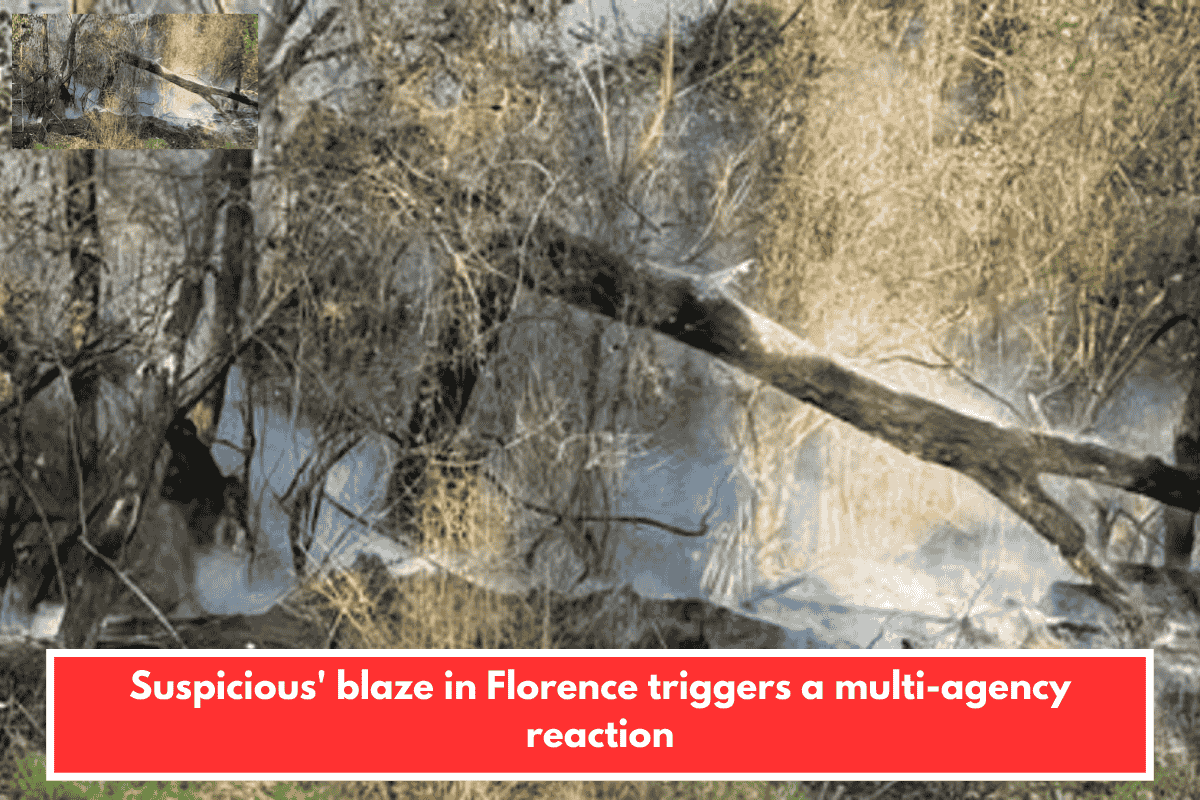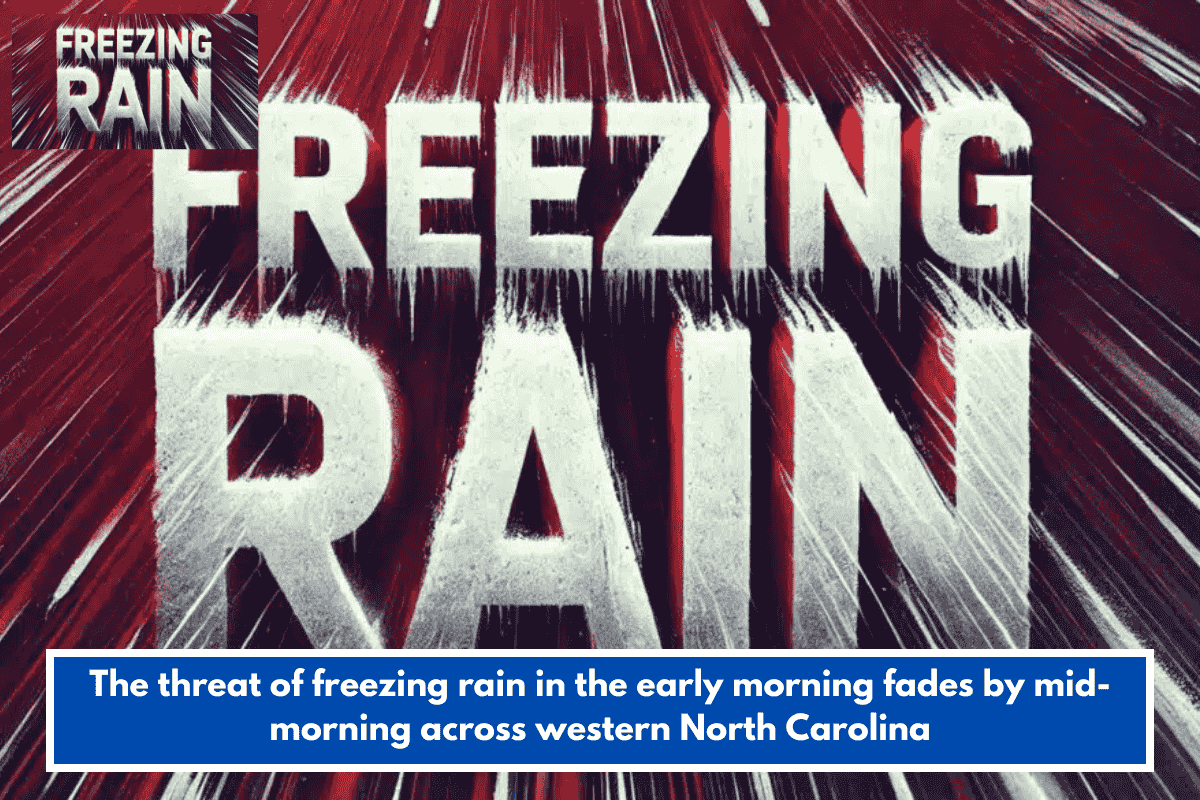As Charleston County prepares for hurricane season, the local government is taking proactive steps to ensure it can respond effectively to natural disasters, even in the face of potential federal funding cuts. On Thursday night, Charleston County Council voted to reclassify their rainy-day fund as a disaster relief fund, setting aside additional resources to safeguard the community. This decision comes in response to concerns over decreasing federal disaster relief funds and the possibility of delays in receiving assistance from state and federal agencies.
Reclassifying the Rainy-Day Fund
In an effort to better prepare for the possibility of reduced federal assistance, Charleston County Council’s Finance Committee is reclassifying the rainy-day fund to a disaster relief fund. This shift will help ensure that the county is equipped with the financial resources needed to address the aftermath of a natural disaster, regardless of federal aid availability. Councilman Joe Boykin, who represents District 8, emphasized the need for local governments to take responsibility for their own disaster preparedness, given the potential for higher thresholds to receive federal aid.
“We have a responsibility to the citizens of Charleston County to make sure we have put away sufficient funds so that we can respond appropriately to the needs that come after a disaster,” said Boykin.
Concerns Over FEMA Funding Cuts
One of the key concerns driving this decision is the recent cancellation of billions of dollars in funding from the Federal Emergency Management Agency (FEMA), ordered by President Trump. This significant cut could leave local governments with a much larger financial burden in the event of a disaster. Charleston County is particularly concerned about a reduction in funding for mitigation efforts, which are vital for flood prevention, as well as limited funding for drainage systems in the county.
“States first, and the fed will come in if help is needed,” said Councilman Teddie E. Pryor of District 5. “But we don’t want our constituents waiting for service because we’re short on funds. This council has always been responsible, and we want to continue to be responsible.”
Building the Disaster Relief Fund
Before the council’s vote, approximately 4% of the county’s budget was set aside in the rainy-day fund. The new disaster relief fund could potentially increase this to as much as 8%, depending on the county’s exposure to natural disasters. The increased fund will allow for more flexibility in responding to hurricanes or other emergencies, ensuring that the county has enough resources to manage both large and small-scale disasters.
Currently, Charleston County’s disaster reserve stands at $17 million, with the rainy-day fund now incorporated into the new disaster relief fund. Councilmembers stress that the first priority will be ensuring that county staff and resources are fully funded and prepared to respond quickly in the aftermath of a disaster.
Ongoing Uncertainty with FEMA Funding
Although Charleston County is taking steps to ensure its preparedness, the future of FEMA funding remains uncertain. Many of the federal funding cuts are still tied up in the judicial system, leaving local governments unsure about the level of assistance they can expect from the federal government in the coming months. In light of this, Charleston County’s decision to increase its own disaster relief funding reflects a commitment to self-sufficiency and ensuring that local residents are not left waiting for help in times of need.
Charleston County’s decision to create a disaster relief fund highlights the growing importance of local preparedness in the face of uncertain federal funding. By reclassifying the rainy-day fund and setting aside additional resources, the county is taking proactive steps to ensure it can effectively respond to hurricanes and other natural disasters. With the future of FEMA funding uncertain, this move may serve as an essential model for other local governments looking to safeguard their communities.

